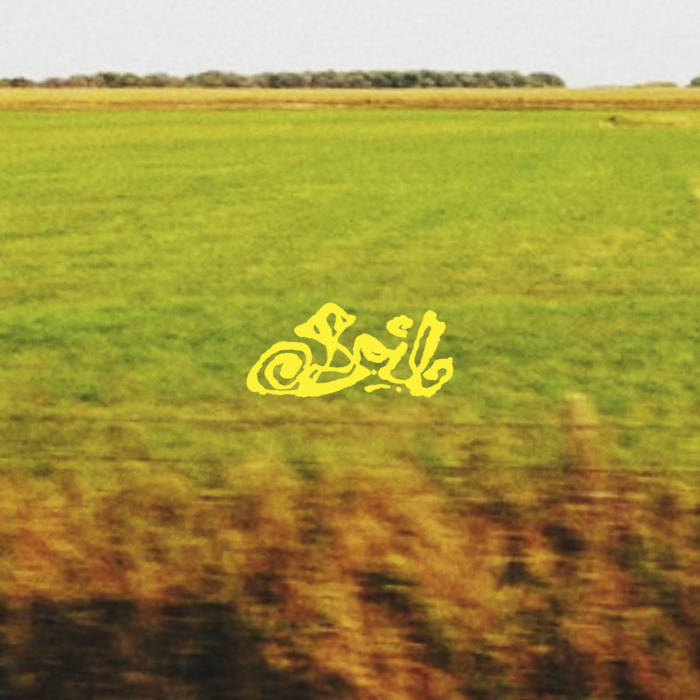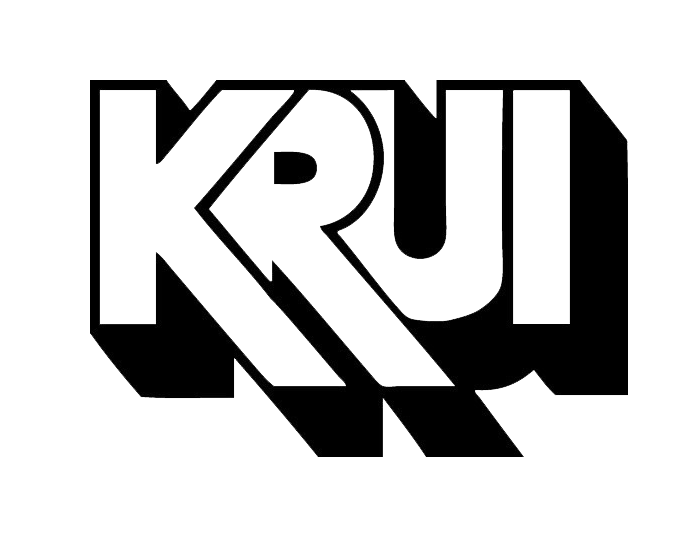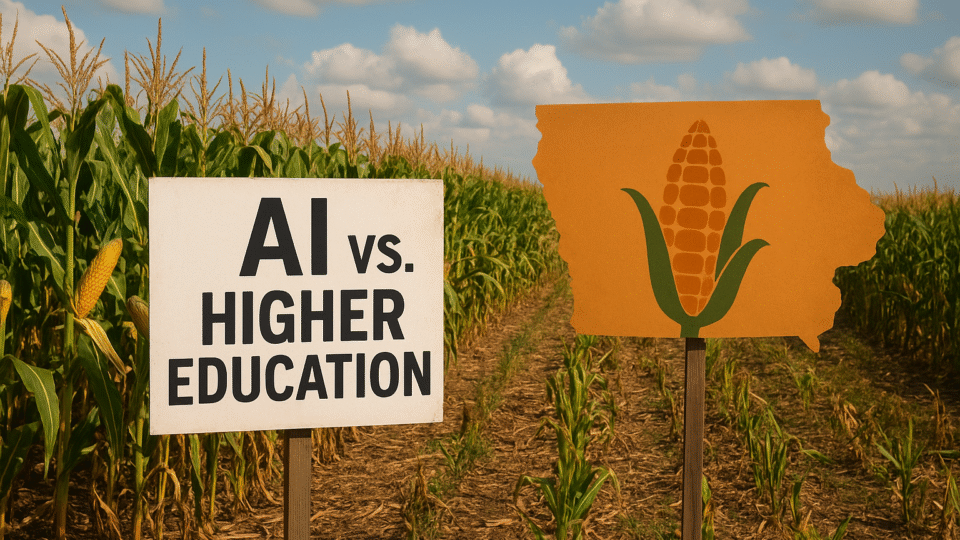Should college be dedicated to the classical truth-seeking life of the mind that pursues the development of well-rounded students, or provide the career-focused work-ready model that promises economic returns for its customers? The University of Iowa, like many firms in higher ed, has found itself stuck between these 2 often mutually exclusive visions of secondary education that students expect when they attend college. The proliferation of AI automated tools has accelerated this discourse and presented a flashpoint for educators, students, and lawmakers as they debate the role of these new technologies in pedagogy and the workplace.
AI automation is already here, while a general intelligence or robot overlords may be a concern for the future, LLM or large language models, image generation, and a plethora of often freely available software have begun to find their way into higher education, leaving those in charge of curricula playing catch-up.
From a student’s perspective, AI offers convenient and democratised support, especially during off‑hours, and can supplement human help. Learning how to engage with AI deliberately, rather than passively, is emerging as a key skill that the university has positioned itself as providing. i.e., not just “use AI,” but “use AI well”.

After tracking more than 4000 students’ use of AI on coursework from 2024-2025, the university’s own research found “No significant relationship between how frequently students used AI tutors and their course performance.”
“Imagine a world where our graduates are not competitive in the job market because they lack basic AI literacy. A world where our researchers are falling behind because all their peers are finding ways to accelerate their research. A world where our students aren’t as successful in their academic pursuits as those at other universities. A world where our people lack a fundamental understanding of the ethical, privacy, and reliability issues around AI. It’s our responsibility to adapt to the world being transformed by AI.” (Iowa)
The Chemistry Department’s associate professor of instruction, Adam Brummett, received a grant of nearly $50,000 for a project titled “Utilization of AI to Expand Timely, Personalized Feedback Across Cultures.” With goals to harness AI algorithms to generate feedback for students, based on instructor prompts and student data. (College of Liberal Arts and Sciences)
On October 8th, the School of Journalism and Communication hosted author and writing educator John Warner for his book tour titled “Only Humans Write”. His Lecture was attended by many students and faculty from the university seeking guidance on how to navigate education’s future. Many educators felt betrayed by their colleges’ embrace of what they see as detrimental to the core purpose of a degree.
“AI is a tool of automation, not intelligence,” said Warner while speaking at the public library to an eager and packed crowd. “Do not mistake the volume of information for expertise”.
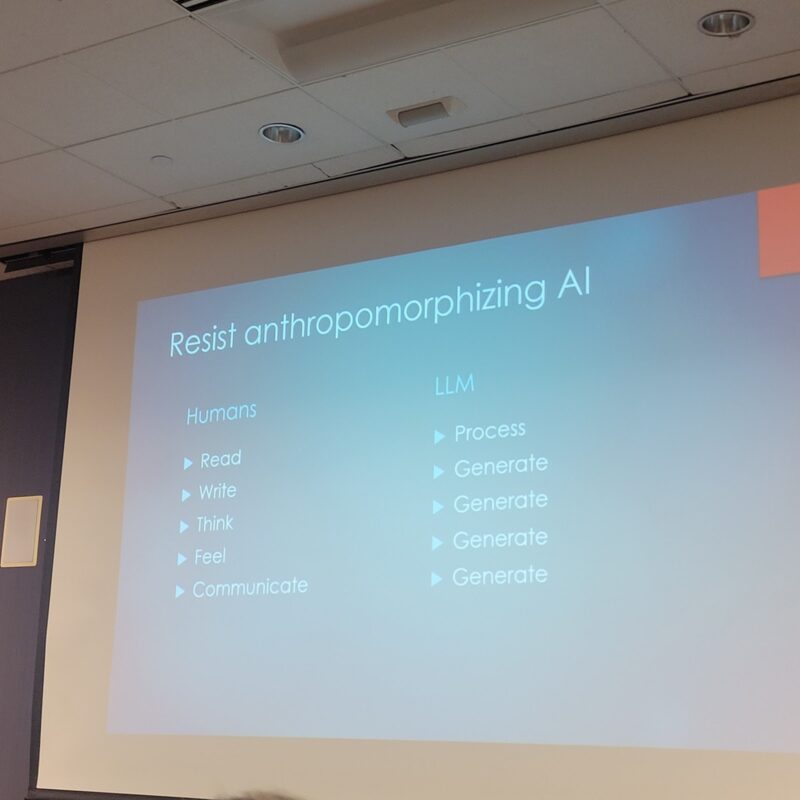
Warner urged students to resist deskilling by outsourcing the process of writing and warned that removing the necessary friction of education for efficiency’s sake risks producing undeveloped adults alienated from their own critical thinking. Speaking directly to teachers, he suggested they protest the insistence from higher-ups and their peers on the usefulness of AI and resist what he characterized as “technological determinism”. Citing the international community’s quick responses to ban reproductive cloning in the 90s as an optimistic example of how technological progress is not inherently fatalistic.
The day after Warner’s warning, Tippie College of Business alum Nate Herkmann gave a lecture as part of the UIowa Applied AI series. His and the department’s embrace of technology stood in stark contrast to the school of journalism event.
“Think of AI as leverage, not a replacement,” said Herklman. “A person who uses AI is 10x more productive.”
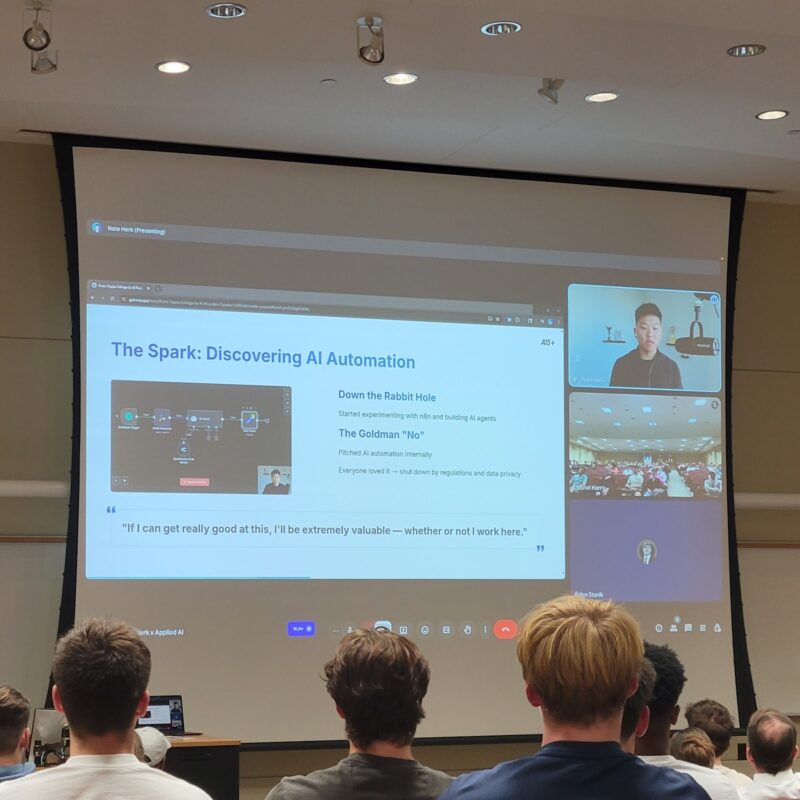
Nate is the co-founder of TrueHorizon, a tech startup he began in 2024 immediately after graduating from university. TruHorzions’ business model looks at firms’ workflows and digital infrastructure to design and suggest the implementation of AI software to automate companies’ goals. Since then, Herlkman has grown the business to over $150,000 a month in sales and also operates an AI education YouTube channel with more than half a million subscribers.
During the lecture, Nate outlined his vision for the future of labor dominated by 1-man startups and a “golden ratio”, where 60% of tasks will be replaced, 30% will be AI-assisted, and 10% will remain for a human touch.
The majority of the event was dedicated to actually teaching the students in the audience how to use AI and automate many of their day-to-day tasks, such as typing and slide creation, with AI tools like Gamma and n8n.
“I’ve logged more than half a million words in WhisperFlow because I don’t type anymore,” said Herklman on his use of speech-to-text programs.
These local examples represent 2 extreme ends of a very real and consequential debate occurring across the country. While those in certain careers view the technology as once in a lifetime opportunity and the future of their fields, others, often in at-risk jobs including music, English, and graphic design, see these developments as plagiarizing and stealing from the very people the technology is attempting to replace with zero credit or compensation.
“If paying people for their work kills the (AI) industry, then it should be killed.” (Warner)
Starting in July 2026, House File 252 will require that teachers’ preparation programs include instruction on computer science, AI, and computational thinking.
